Optimal Timing for Concrete Installation
Choosing the optimal time for concrete installations involves considering weather conditions, temperature, and humidity. Proper timing ensures the concrete cures correctly, resulting in durable and high-quality surfaces. The ideal period typically falls during moderate temperatures with low humidity and minimal rainfall.
Concrete is best installed when temperatures are between 50°F and 85°F. Extreme cold or heat can affect curing and strength.
Rain, snow, or high humidity can compromise concrete quality. Scheduling during dry weather minimizes risks.
Spring and fall often offer the most stable conditions for concrete work, avoiding the extremes of summer heat and winter cold.
Proper timing reduces the risk of cracking and surface defects, extending the lifespan of the installation.
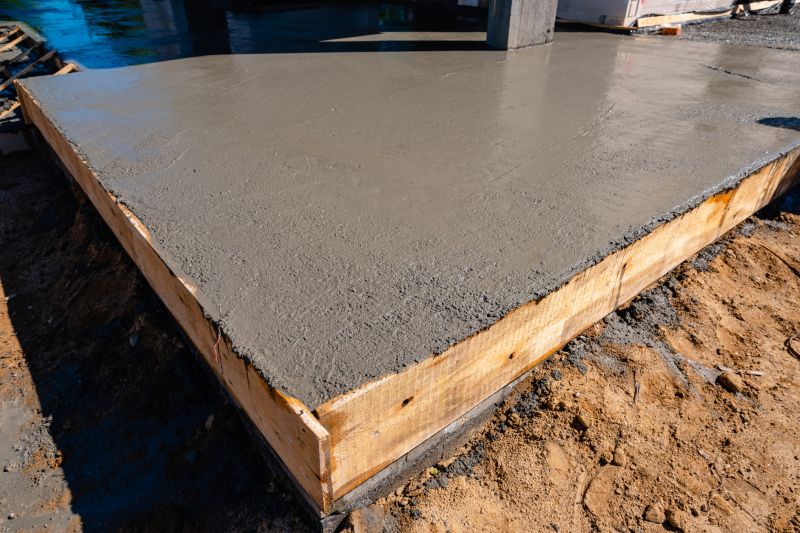
Ways to make Concrete Installations work in tight or awkward layouts.
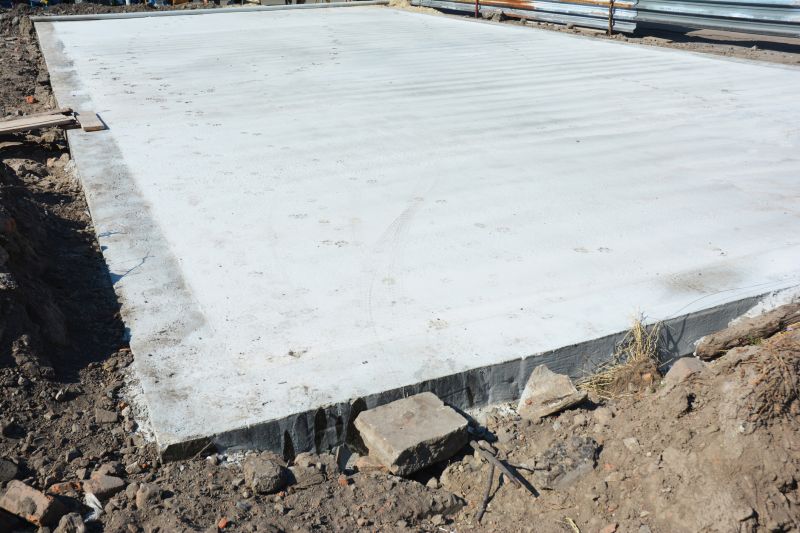
Popular materials for Concrete Installations and why they hold up over time.
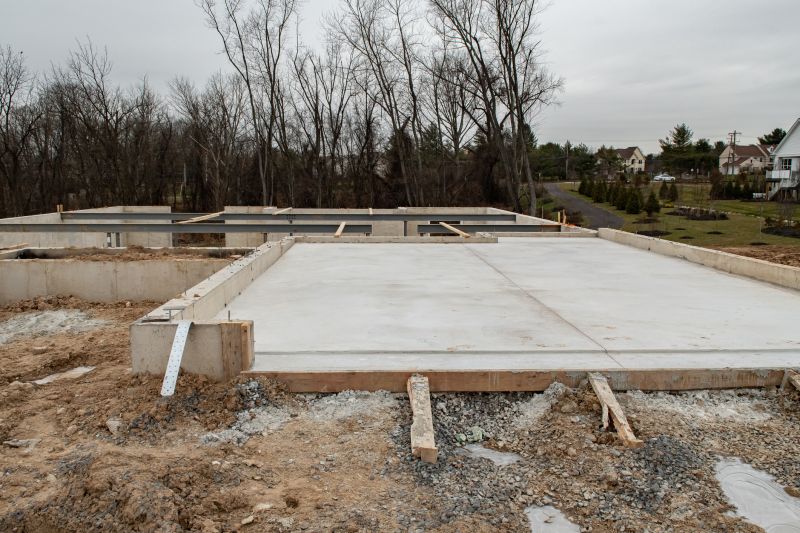
Simple add-ons that improve Concrete Installations without blowing the budget.
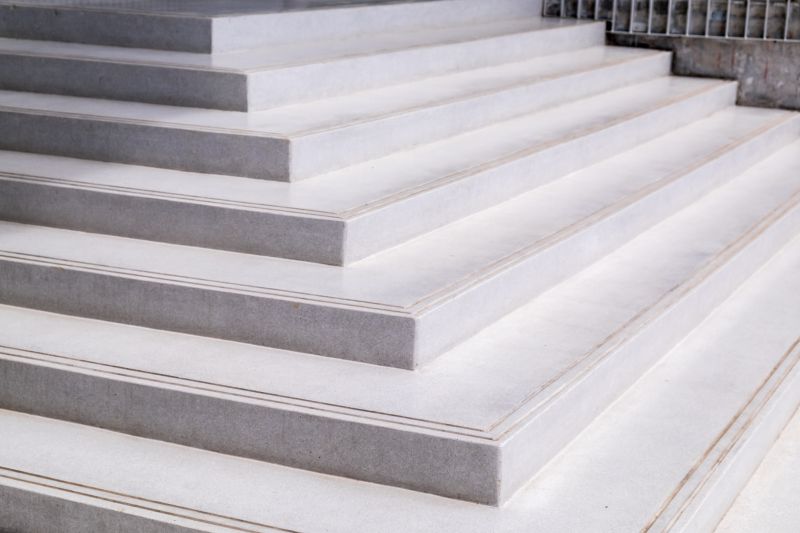
High-end options that actually feel worth it for Concrete Installations.
| Factor | Recommended Conditions |
|---|---|
| Temperature | 50°F to 85°F |
| Humidity | Low to moderate |
| Rainfall | Minimal or none |
| Wind | Light or calm |
| Season | Spring or fall |
Concrete installations require careful planning to ensure optimal curing conditions. Proper timing prevents common issues such as cracking, surface scaling, and reduced strength. Weather plays a crucial role in the success of a project, making it essential to monitor forecasts and choose periods with stable conditions.
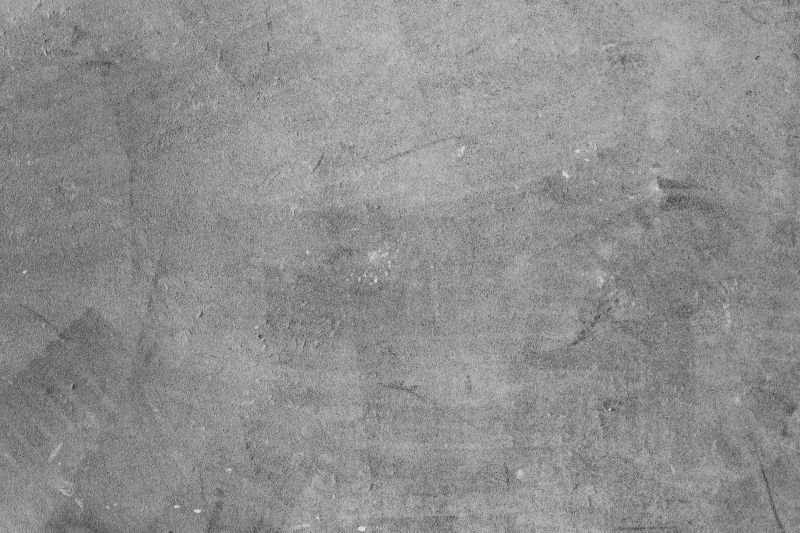
Finishes and colors that play nicely with Concrete Installations.
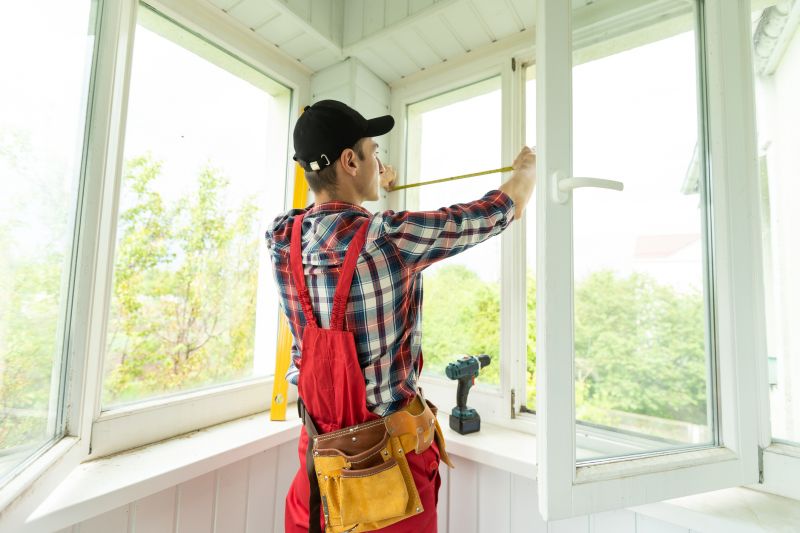
Little measurements that prevent headaches on Concrete Installations day.
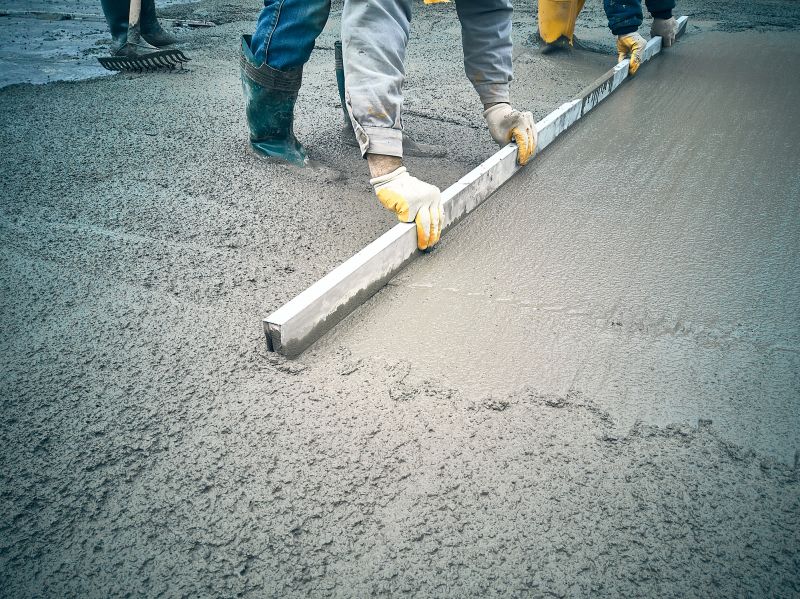
A 60-second routine that keeps Concrete Installations looking new.
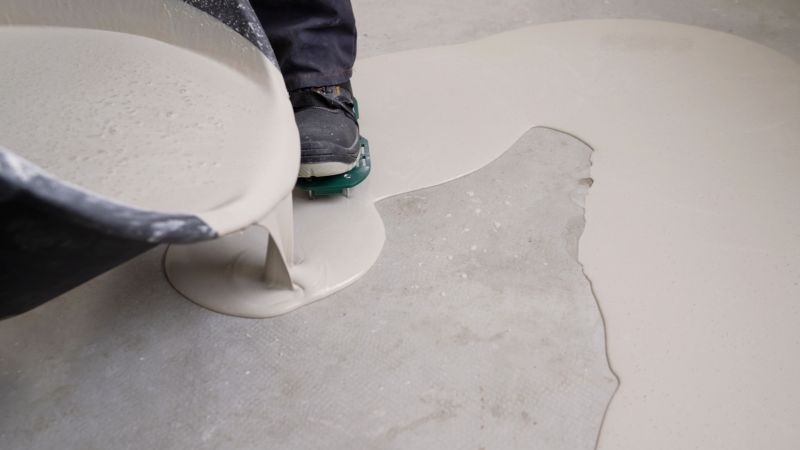
A frequent mistake in Concrete Installations and how to dodge it.
Interested in scheduling a concrete installation? Filling out the contact form can help determine the best timing based on local weather patterns and project requirements. Proper timing ensures a durable, high-quality surface that meets long-term expectations.


